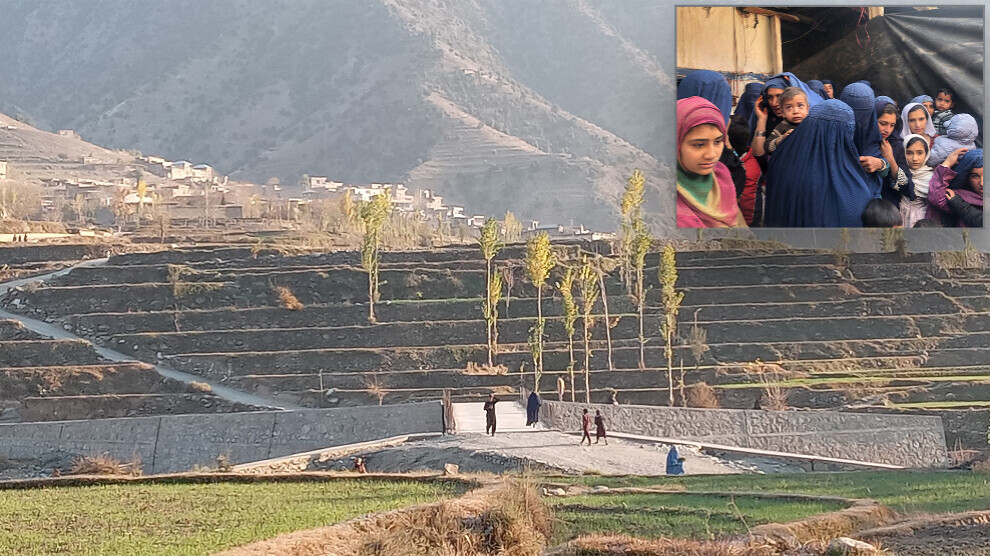Traces of massacre and resistance still remain in Kunar
Kunar, one of the provinces of Afghanistan, has witnessed the crimes of colonialists and so-called governments for more than four decades but it has also witnessed women's resistance against them.

BAHARIN LEHIB
Kunar- Kunar is one of the provinces of Afghanistan, which has witnessed many crimes and struggles for more than four decades. It is located in the northeastern part of the country, having a special natural beauty. A significant number of women living in the province are literate and they have made great efforts in literacy.
On our way to Kunar, we saw a green area called “Maryam’s Garden” in the Nari, a mountainous district in the eastern part of Kunar Province. “Maryam was a poor woman having no land. She lived near this area. She decided to turn the dry land into a fertile land with the help of her sons. Since then, this garden is named after her,” said Tahira Farooq, a resident of the district.”
A little further, we saw a house belonging to Gulbuddin Hekmatyar, former Afghan prime minister and one of Afghan commanders, who founded a political party named, “Hezb-e-Islami” in 1976. During that period, many men and women intellectuals were kidnapped and killed. Before the 1973 Afghan coup d'état, Gulbuddin HHekmatyar and his supporters attacked schoolgirls and female university students and women, who went out, with acid and looted the properties of people.
Then, we arrived in Kunar province. We met Nafiseh Razi in the center of the province. She told us what had happened during the Kerala massacre. “On April 20, 1979, the Russian puppet government attacked the Kerala village. The day before the incident, a clash broke out between the government forces and opponents. The clash lasted until morning. The government soldiers entered our village in the morning of April 20. They opened fire on all villagers, including women and children. They took the men to an area near our village and imprisoned women and children in the village mosque. Men were shot dead in front of us and many were injured. Then, they used a tractor to burn them all.”
When you enter the province, you can see U.S. military outposts everywhere. One of the largest outposts is located in the Nari district. The presence of U.S. military outposts caused a disaster for the children and people due to the use of chemical weapons. The people of Nari told us a story of a female interpreter. The female interpreter came from the USA to the U.S. military outpost in Nari. After a while, her body was found in a valley of the district. The people of Nari told us that the female interpreter was killed by American soldiers after being raped. They also told us that ISIS had emerged a few steps away from one of the U.S. military outposts and that ISIS was supported by the U.S. forces.
